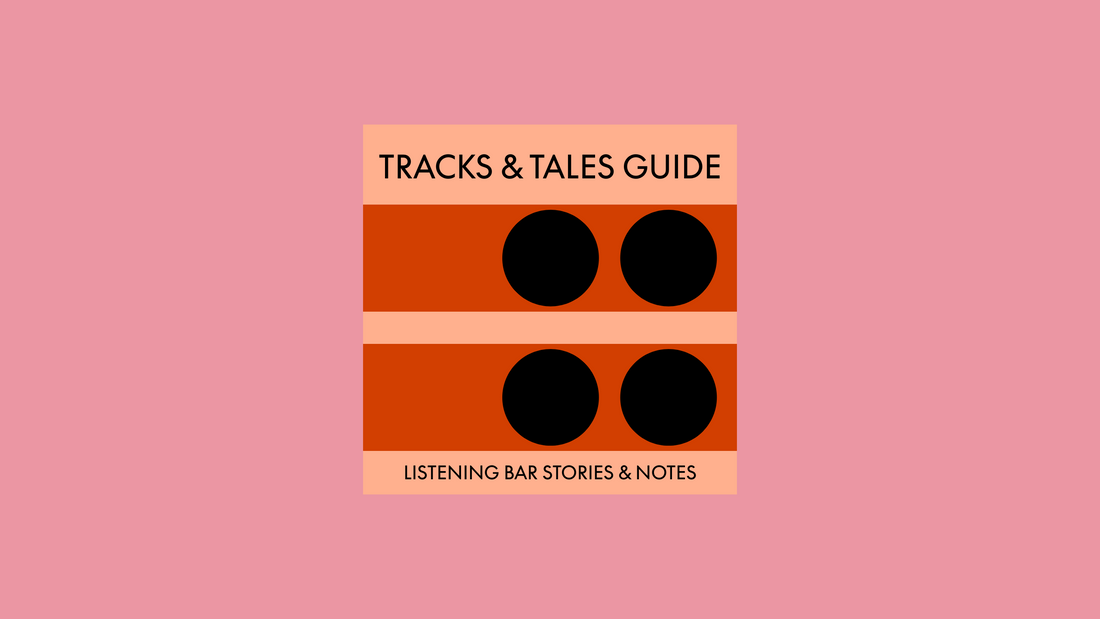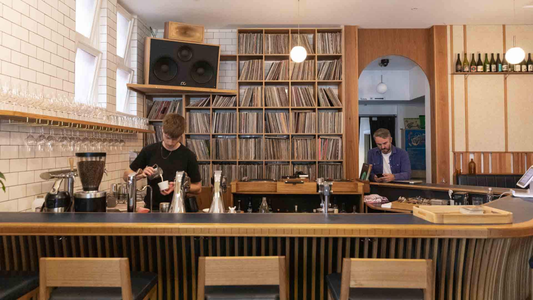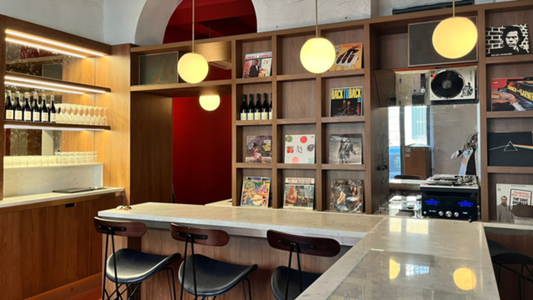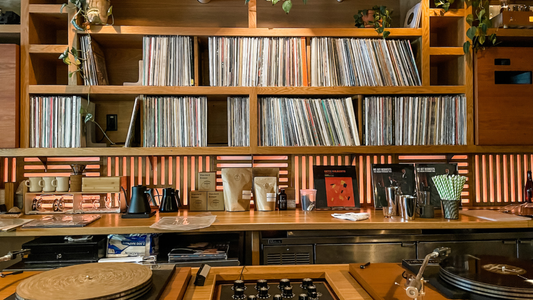
The Psychology of the Sweet Spot
How symmetry, distance, and attention shape how we feel sound.
By Rafi Mercer
There’s a point in every listening room — invisible, precise — where sound becomes whole. Sit too far left, and the bass leans. Too far back, and the treble loses its edge. But in that narrow zone, between two perfectly aligned speakers, everything locks into place. The music steps forward, three-dimensional, almost human. This is the sweet spot.
Engineers speak of it technically: the apex of an equilateral triangle, the point where phase, timing, and reflection converge. But the real power of the sweet spot isn’t just acoustic — it’s psychological. When you sit there, centred, still, and attentive, something happens inside you as well as around you.
What defines the psychology of the sweet spot:
- Symmetry — both ears receiving balanced sound creates calm and focus.
- Proximity — closeness sharpens intimacy; distance diffuses emotion.
- Stability — a clear soundstage gives the brain a sense of order.
- Presence — when frequencies align, time seems to slow.
- Embodiment — the listener becomes part of the acoustic event itself.
In a listening bar, this geometry becomes choreography. Tables are placed not by chance but by angle. The best seats are not necessarily the most visible — they are the most centred. It’s where the listener disappears and the music fills the self. You are both subject and instrument, part of the sound’s unfolding.
Psychologists have long known that symmetry affects perception. Balanced sound is processed more easily by the brain, producing a sense of relaxation and reward. When you sit in the sweet spot, you’re not just hearing better; you’re entering a small state of flow — that alignment between focus and surrender where attention feels effortless.
This is why listening bars feel restorative. They offer both precision and presence. You don’t strain to hear; the room has already done the work for you. All that’s left is to feel.
At home, finding your own sweet spot is a kind of meditation. Move a chair by a few inches, tilt the speakers slightly, close your eyes. When it clicks, you’ll know. It’s less about the perfect triangle than the perfect stillness.
In a world built on constant movement, the sweet spot offers a counterpoint: stillness made audible. The geometry holds you, and in that equilibrium, you hear not just sound — you hear yourself listening.
Quick Questions
What is the sweet spot in audio?
It’s the precise listening position where sound from both speakers meets in perfect balance.
Why does it feel so immersive?
Because symmetry calms the brain, allowing attention to deepen into flow.
How do I find it at home?
Form a triangle between your seat and the two speakers, then adjust by ear until the sound feels centred and natural.
Rafi Mercer writes about the spaces where music matters.
For more stories from Tracks & Tales, subscribe, or click here to read more.







